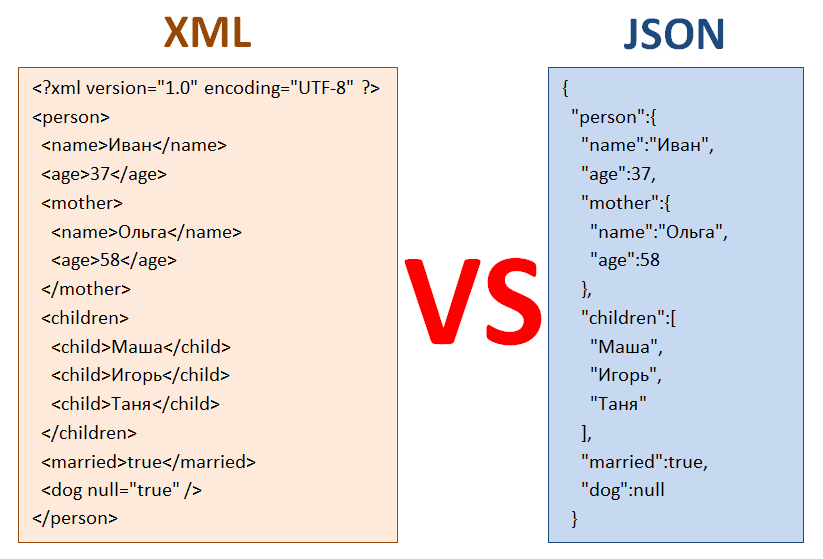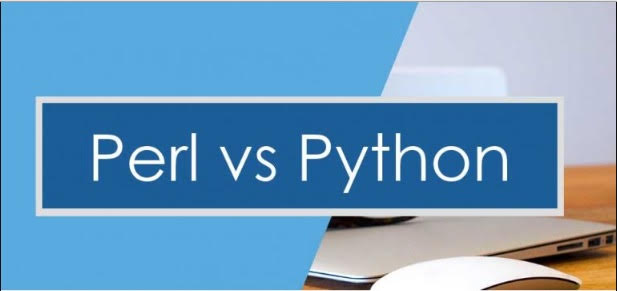
Python’s approach is more readable…until you want to omit the newline. Python - for the same tasks that you could use Perl for. Perl - for almost any task, but especially when the task needs complex regular expressions.

Awk - when you only need simple formatting and summarisation or transformation of data. I find Perl’s method for printing more explicit, even with the added cost of having to explain to a new programmer what the deal with \n is. Sed - when you need to do simple text transforms on files. So, for this question, one can safely conclude that for simple regex match on each line for hundreds or thousands of text files and writing the results to a file (or printing to screen), Perl will always, always WIN in performance for this job. This raises the question…how do you not include a newline when printing in Python? The solution in Python (version 3) is to use the ‘end’ argument to the print() function which lets you specify what the 'end’ character will be…in this case, we want to remove the default end character ( \n): As other users suggested, Perl has its place and Python has its. However, Perl’s print() function is at least explicit…no newline character in the code, no newline in your printed output. The say() function wasn’t introduced until long after I had started using Perl, and including \n in print functions is a hard habit to break when you’ve been using it for a decade or so.Īn issue with Perl’s approach is that newlines can be a bit of a confusing topic to explain to people who are new to programming. Say "Hello world!" # includes newline for free!

In version 5.10 (from 2007), Perl introduced a say() function as an alternative to print(), and this function lets you omit the newline: You don’t have to include \n in Perl, but without it your printed output will probably not be what you want. The other obvious differences are Python’s requirement of parentheses (in version 3) and Perl’s requirement of a semicolon. The principle difference being that in Perl you have to explicitly include a newline character ( \n) as part of the printed string whereas Python gives this to you for free.

Whereas in Python (version 3), we would use: In Perl, we would use the print function as follows: When learning any programming language, the first coding example we always learn is how to write a program that will simply print the words'Hello world’. This is part of an ongoing series of posts by Keith Bradnam and Michelle Gill that chronicle some lessons that we have learned while writing UNIX and Python to the Rescue! Keith will be discussing his experiences in switching from Perl to Python while Michelle will cover differences between Python 2 and 3. Perl vs Python: the print function and newlines


 0 kommentar(er)
0 kommentar(er)
